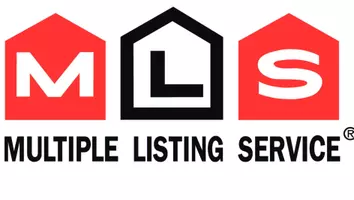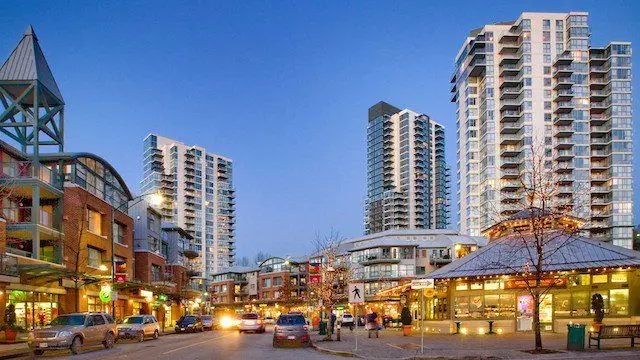REVIEWS
LISTINGS
EXPLORE OUR FEATURED AREA
 Is Coquitlam the Best Place to Buy a Home in 2025? Full Market Guide
Is Coquitlam the Best Place to Buy a Home in 2025? Full Market Guide The Ultimate Guide to Port Moody's Best Breweries: Explore Brewers Row & Beyond
The Ultimate Guide to Port Moody's Best Breweries: Explore Brewers Row & Beyond Top Dog-Friendly Parks and Trails in Coquitlam: Best Places to Explore with Your Pet
Top Dog-Friendly Parks and Trails in Coquitlam: Best Places to Explore with Your Pet Pros and Cons of Living in Burke Mountain, Coquitlam
Pros and Cons of Living in Burke Mountain, Coquitlam Coquitlam Neighborhood Guide 2025: Everything You Need to Know
Coquitlam Neighborhood Guide 2025: Everything You Need to Know Best Public Schools in Coquitlam: Top Elementary, Middle, and High Schools for Families
Best Public Schools in Coquitlam: Top Elementary, Middle, and High Schools for Families Pros and Cons of Moving to Coquitlam, BC
Pros and Cons of Moving to Coquitlam, BC Best Private Schools in Coquitlam - Find the Right Fit for Your Child
Best Private Schools in Coquitlam - Find the Right Fit for Your Child












